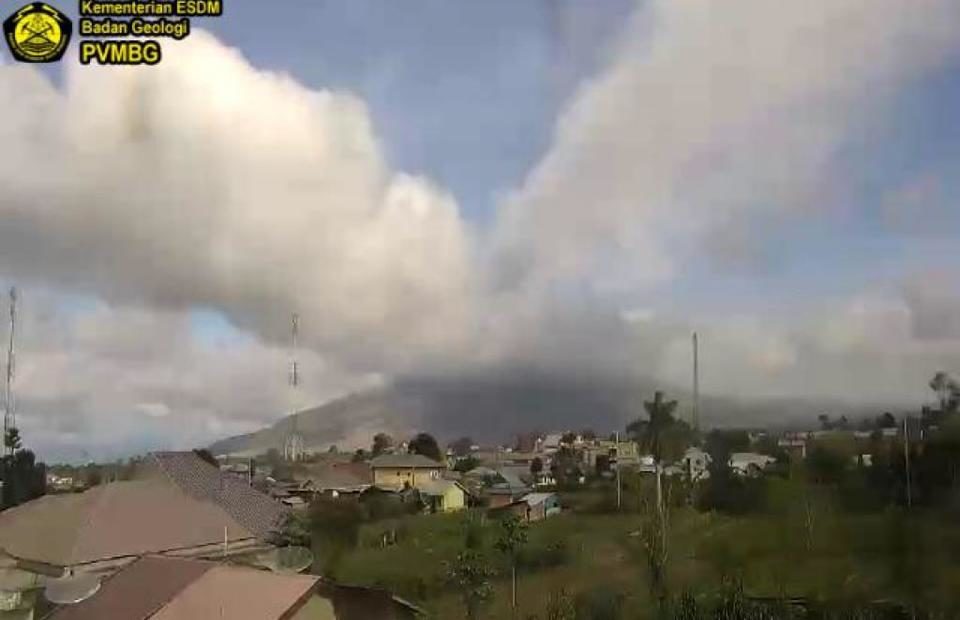
The first eruption happened at 7.48 a.m. and lasted for more than 40 minutes.
The Volcanic and Geological Disaster Mitigation Center (PVMBG) said thick, gray volcanic ash spewing out of Sinabung's crater had moved eastward and southeastward this morning.
"The rain of ash was thick and the wind carried it southwest from the mountain peak," National Disaster Mitigation Agency (BNPB) spokesman Sutopo Nugroho said.
Volcanic ash now covered several villages on the slopes of the mountain. But the residents did not panic since they had experienced similar eruptions just last year.
Thousands of them who live in the red zone closer to the crater had already been relocated.
"The village people know where the dangerous areas filled with hot clouds are located," Sutopo said.
The Volcano Observatory Notice for Aviation (VONA) has also issued an orange level warning, which means the current volcanic activity could potentially endanger flights passing through the area.
The warning level for the volcano itself has been raised to its highest status, "danger."
The PVMBG has advised residents to stop any activity within a 3-kilometer radius northwest of the crater, 4-kilometer in the southwest, 7-kilometer in the south-southeast, 6-kilometer in the southeast-east and 4-kilometer in the northeast, Sutopo said.
Residents who live along rivers near the crater are also cautioned to be aware of possible cold lava flows, especially during heavy rains.



Reader Comments
to our Newsletter